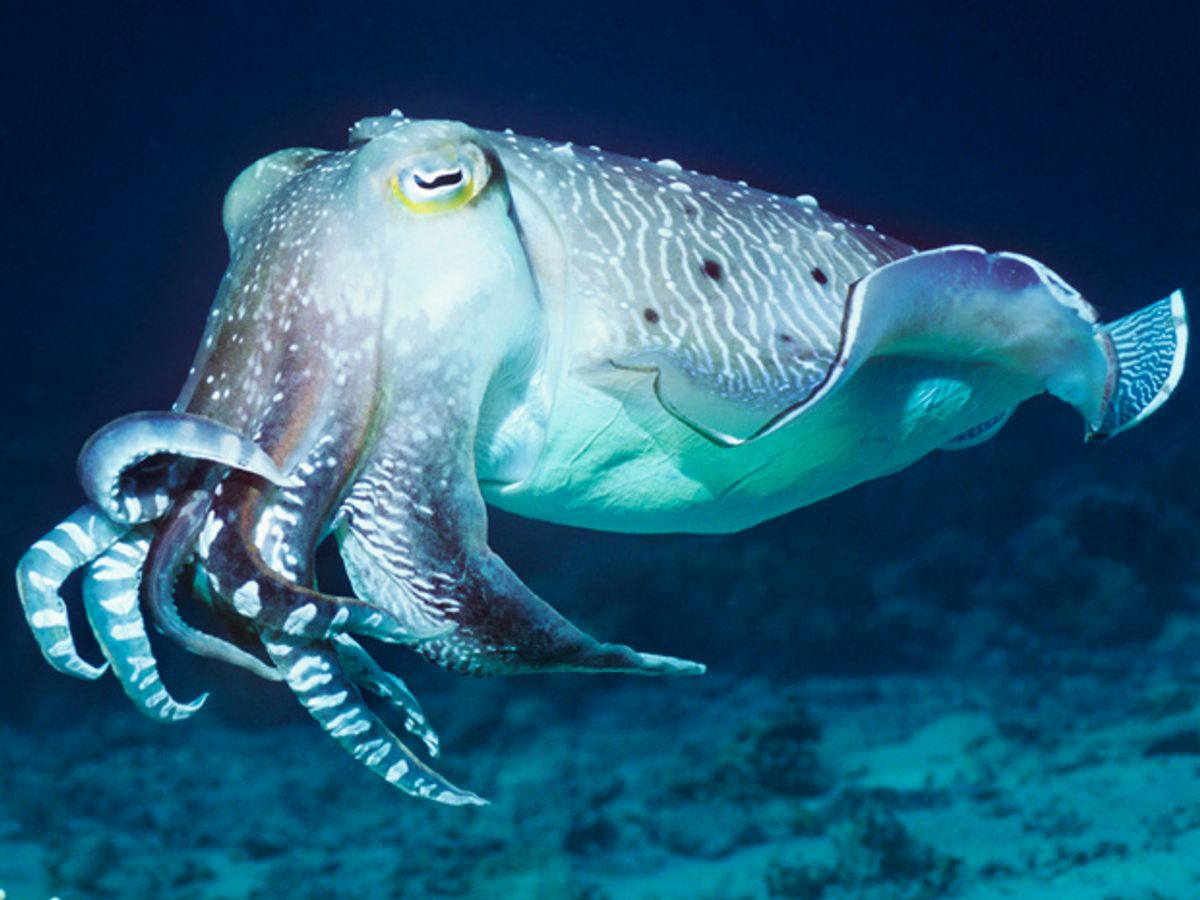Nanomaterials have offered scientists a variety of ways to pursue biomimicry. We’ve seen nanorods used in polymers to mimic the ability of amphibians to grow back lost limbs or to duplicate the adhesive properties used by geckos when they walk on ceilings.
Now researchers at the University of Nebraska-Lincoln (UNL) have looked at the camouflage capabilities of the cuttlefish to develop a structure than can change both its color and texture within seconds of being exposed to pulses of light.
"Changing color is relatively easy; a TV can do that,” said Li Tan, an associate professor a UNL, in a press release. “Changing texture is harder. We wanted to combine the two."
In research published in the journal Applied Materials and Interfaces, the researchers were able to produce this effect by placing colloids inside a multilayered structure consisting of “a thermal insulating base layer, a light absorbing mid layer, and a liquid top layer.” Colloids are basically a material in which tiny particles are suspended in a liquid and remain evenly dispersed. In this case, the particles are made from soda lime, glass, or copper.
In practice, when a laser light strikes the material, the light begins to warm the pixels into which it has been absorbed. (These pixels are always different than the kind of laser light hitting them; for example, green pixels absorb red light.) This rise in temperature leads to tiny ruptures on the surface of the material or internal eruptions within the material.
These ruptures and eruptions draw the colloids towards the areas that have been heated by the light so that they mimic the color that is being shined on the material. So, if the light is red, the green pixels heat up and the colloids go to those green pixel areas, covering up those pixels so the surface of the material only shows red. On the other hand, if violet light is used, the red pixels are obscured and the green pixels are able to shine through.
This same combination of light and heat made it possible for the researchers to put patterns on the material by either altering the trajectory of the light or sending the light through transparent images placed on top of the structure. To demonstrate this aspect of the technique, the researchers would write words or checkerboard patterns on the structure. When the material cools, the patterns or words are invisible, but appear again upon reheating.
While the clearest application for this technology would be some kind of camouflage, the researchers concede that is not likely to be its use any time soon. Instead, they see that it could find more immediate use as a tool for directing the assembly of microscopic colloids, or in speeding up the accumulation of cells in the growth of biological tissue.
“Starting from small building blocks and growing them into large structures usually takes a very long time,” Tan said. “In our case, it really doesn't.”
Dexter Johnson is a contributing editor at IEEE Spectrum, with a focus on nanotechnology.



